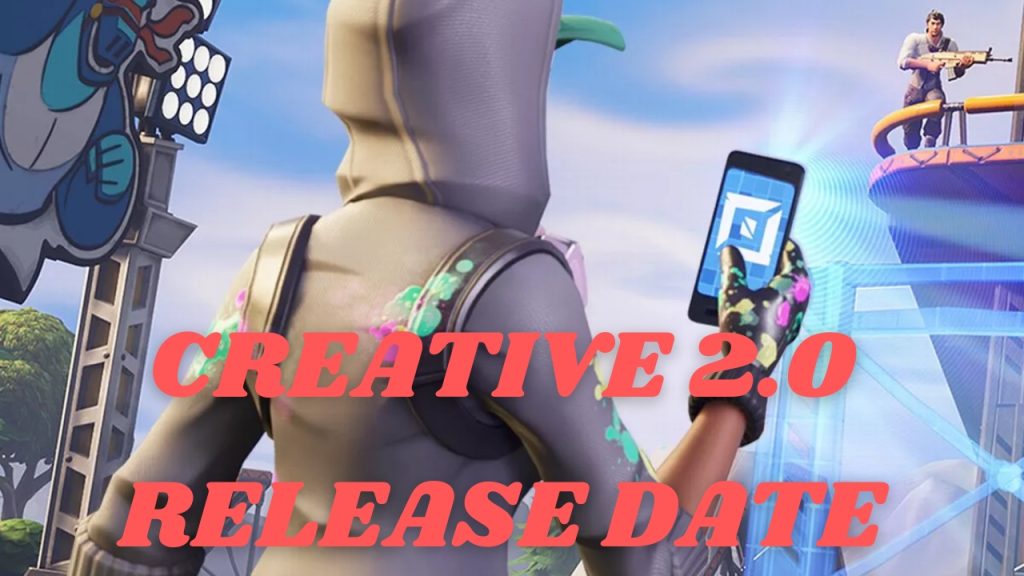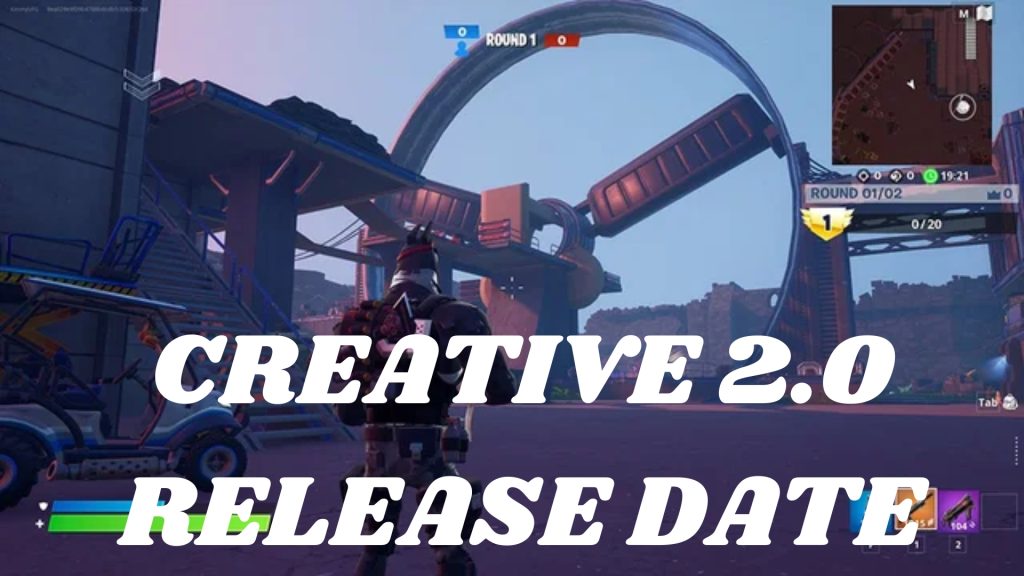Get the latest news on Creative 2.0 release date! Discover new features, tools, and updates that will transform your creative process. Stay tuned for all the details on this exciting launch!
Table of Contents
Introduction to Creative 2.0 A Game-Changer in the Movie Industry
The film industry is on the brink of an exciting transformation with the advent of Creative 2.0. This revolutionary approach is set to redefine how movies are made and experienced, combining cutting-edge technology with visionary storytelling. Creative 2.0 is not just a technological advancement; it’s a paradigm shift that promises to captivate movie buffs, inspire creative professionals, and intrigue tech enthusiasts alike.

In this blog post, we’ll explore the evolution of creativity in film, the innovative technologies behind Creative 2.0, and its impact on audiences. We’ll also look into future predictions and answer common questions about this groundbreaking movement. Whether you’re a film aficionado, a budding filmmaker, or simply curious about what’s next in cinema, read on to discover what Creative 2.0 has in store for you.
The Evolution of Creativity in Film From Analog to Digital
The history of filmmaking is marked by continuous innovation, from the early days of silent films to the digital era we know today. In the beginning, moviemakers relied on analog techniques, manually editing film reels and creating special effects with in-camera tricks. While these methods were groundbreaking for their time, they were also time-consuming and limited in scope.
The digital revolution changed everything, introducing computer-generated imagery (CGI) and digital editing tools that expanded the possibilities of visual storytelling. Filmmakers could now create entire worlds from scratch, push the boundaries of what was visually possible, and experiment with new narrative forms. This paved the way for Creative 2.0, which takes digital filmmaking to the next level by integrating AI, virtual reality, and real-time rendering.
As technology continues to evolve, so does the potential for creativity in cinema. Films like “The Lion King” (2019) and “1917” showcase how filmmakers use innovative techniques to enhance storytelling and engage audiences in ways that were previously unimaginable. Creative 2.0 represents the next logical step in this evolution, promising even more immersive and interactive experiences for viewers.
Behind the Scenes Technology and Innovation in Creative 2.0
At the heart of Creative 2.0 lies a suite of advanced technologies that enable filmmakers to bring their visions to life with unprecedented precision and creativity. One of the most significant innovations is the use of AI-driven tools for everything from scriptwriting to post-production editing. These tools can analyze massive amounts of data to generate insights and recommendations, streamlining the creative process and freeing up filmmakers to focus on storytelling.
Virtual reality (VR) and augmented reality (AR) are also integral to Creative 2.0, allowing audiences to immerse themselves in the movie world like never before. Filmmakers can create interactive environments that respond to viewer input, offering a personalized experience tailored to each audience member. This level of interactivity blurs the line between storyteller and audience, creating a more dynamic and engaging viewing experience.
Real-time rendering is another key component of Creative 2.0, enabling filmmakers to visualize scenes as they are being shot. This technology allows for instant feedback and on-the-fly adjustments, reducing the need for extensive post-production work and speeding up the filmmaking process. With real-time rendering, directors can experiment with different angles, lighting, and effects, ultimately crafting a more polished and cohesive final product.
Impact on Movie Buffs How Creative 2.0 is Changing the Viewing Experience
For movie buffs, Creative2.0 offers a thrilling new way to experience cinema. Gone are the days of passive viewing; with this revolution, audiences become active participants in the storytelling process. Films that leverage Creative 2.0’s interactive capabilities create a sense of agency for viewers, who can influence the narrative through their decisions and actions.
“Blade Runner 2049” exemplifies how Creative 2.0 enhances the viewing experience by integrating cutting-edge visual effects and sound design. The film’s immersive atmosphere transports audiences to a futuristic world, showcasing the power of technology to evoke emotion and create memorable cinematic moments. Similarly, “Avatar” continues to be a touchstone for Creative 2.0, using 3D technology to draw viewers into its lush, otherworldly landscapes.
By offering a more engaging and interactive experience, Creative 2.0 has the potential to rekindle the magic of cinema for audiences and reignite their passion for storytelling. Movie buffs can look forward to a future where films are more than just stories on a screen; they’re living, breathing worlds that invite exploration and discovery.
The Future of Creative 2.0 Predictions and Implications for the Industry
The future of Creative2.0 is filled with exciting possibilities, as filmmakers continue to experiment with new technologies and push the boundaries of what’s possible in cinema. Industry experts predict that AI will play an increasingly significant role in film production, automating routine tasks and enhancing creative decision-making.
Dr. Emily Chen, a media technologist, believes that “the integration of advanced tech in Creative 2.0 is redefining the cinematic experience for audiences worldwide.” Filmmakers will have access to tools that can analyze audience preferences and tailor content accordingly, creating personalized experiences that resonate with each viewer.
Michael Rodriguez, a director and screenwriter, envisions a future where “creativity meets unparalleled innovation,” leading to new storytelling approaches and formats. The rise of VR and AR in cinema will blur the lines between film and video game, offering hybrid experiences that combine elements of both mediums.
While the full implications of Creative2.0 are still unfolding, one thing is clear: the film industry is entering a new era of creativity and innovation. Filmmakers who embrace this wave of change will be well-positioned to captivate audiences and redefine the art of storytelling for generations to come.

FAQs
What is Creative 2.0, and why is it important?
Creative-2.0 is a new approach to filmmaking that integrates advanced technologies like AI, VR, and real-time rendering to enhance storytelling and create more immersive viewing experiences. It’s important because it represents a significant leap forward in the evolution of cinema, offering new possibilities for creativity and audience engagement.
How does Creative 2.0 impact the film industry?
Creative-2.0 impacts the film industry by streamlining production processes, enabling filmmakers to experiment with new storytelling techniques, and creating more engaging and interactive experiences for audiences. It also opens up new revenue streams by offering opportunities for personalization and monetization of content.
Are there any risks associated with Creative 2.0?
Like any technological advancement, Creative 2.0 comes with its own set of challenges. These include potential job displacement due to automation, concerns about data privacy and security, and the need to ensure that new technologies are accessible and inclusive for all audiences. Filmmakers and industry stakeholders must address these issues to ensure that Creative 2.0 benefits everyone.
Conclusion Embracing the Next Wave of Creativity
Creative 2.0 is more than just a technological advancement; it’s a revolution in how films are made, experienced, and enjoyed. By harnessing the power of AI, VR, and real-time rendering, filmmakers have the opportunity to create richer, more immersive stories that captivate audiences and push the boundaries of what’s possible in cinema.
For movie buffs, creative professionals, and tech enthusiasts, the future of cinema promises to be an exciting and dynamic landscape where innovation and storytelling intersect. As we look ahead to the release of Creative 2.0 films, let’s celebrate the limitless possibilities that this new era of filmmaking brings and stay curious about the next wave of creativity.
If you’re a filmmaker or creative professional interested in exploring the potential of Creative 2.0, now is the time to start experimenting with these innovative technologies. By staying informed and engaged, you’ll be well-prepared to make your mark in this exciting new chapter of cinema history.
